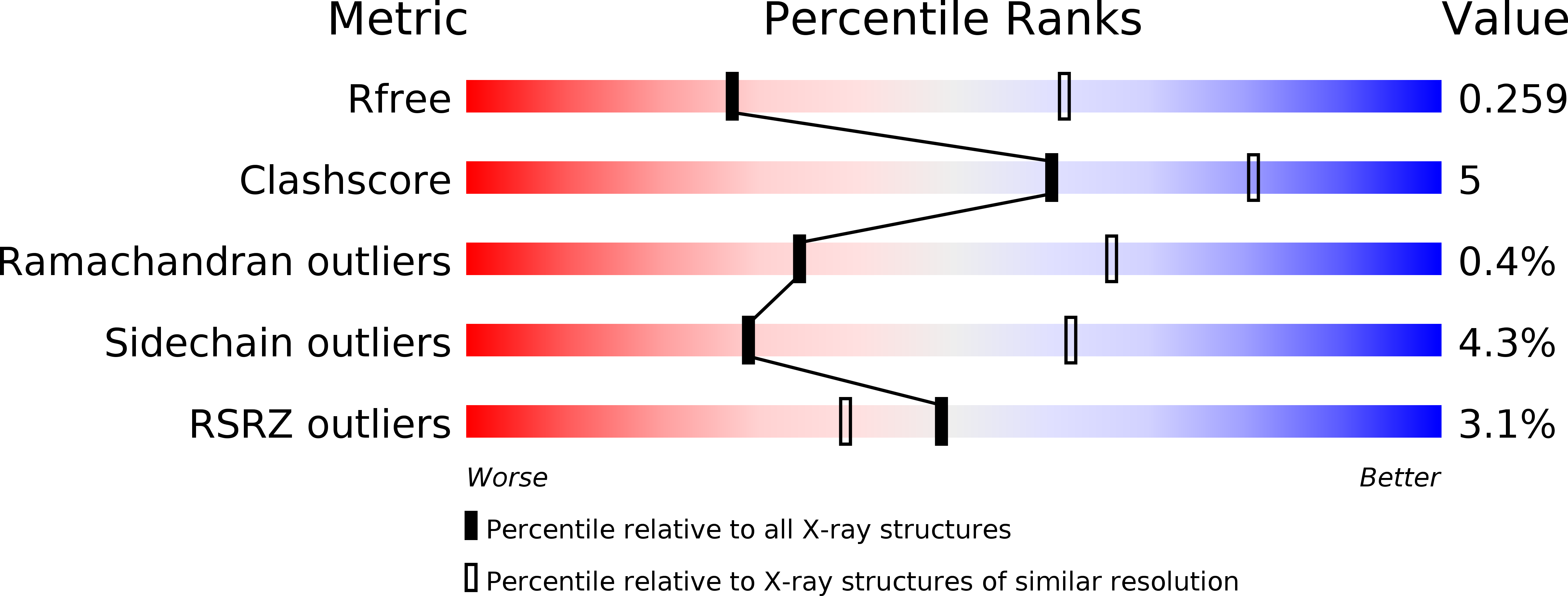
Deposition Date
2014-09-17
Release Date
2015-08-26
Last Version Date
2024-01-10
Entry Detail
PDB ID:
4V0J
Keywords:
Title:
The channel-block Ser202Glu, Thr104Lys double mutant of Stearoyl-ACP- Desaturase from Castor bean (Ricinus communis)
Biological Source:
Source Organism:
RICINUS COMMUNIS (Taxon ID: 3988)
Host Organism:
Method Details:
Experimental Method:
Resolution:
2.80 Å
R-Value Free:
0.26
R-Value Work:
0.21
R-Value Observed:
0.21
Space Group:
P 31


